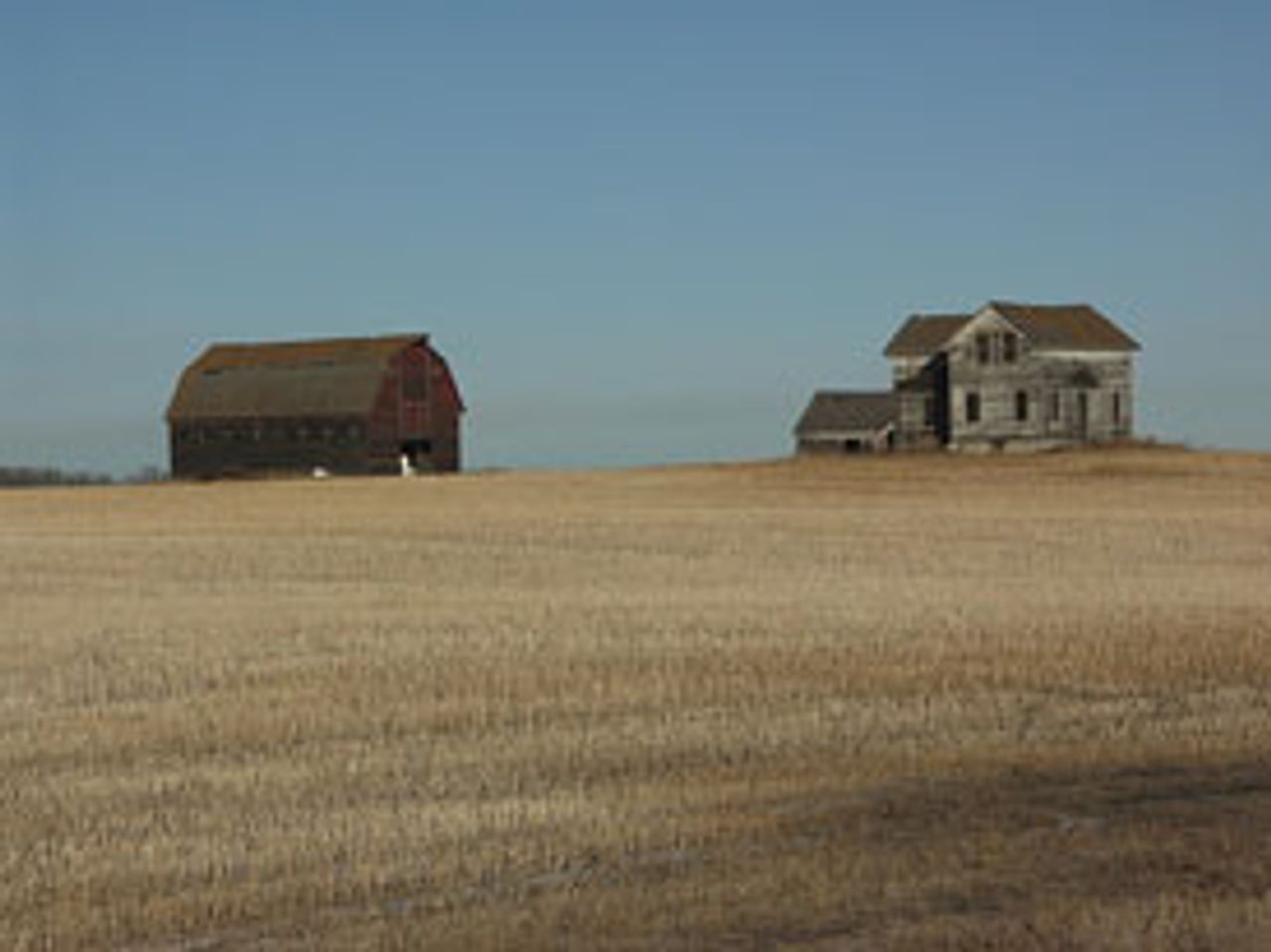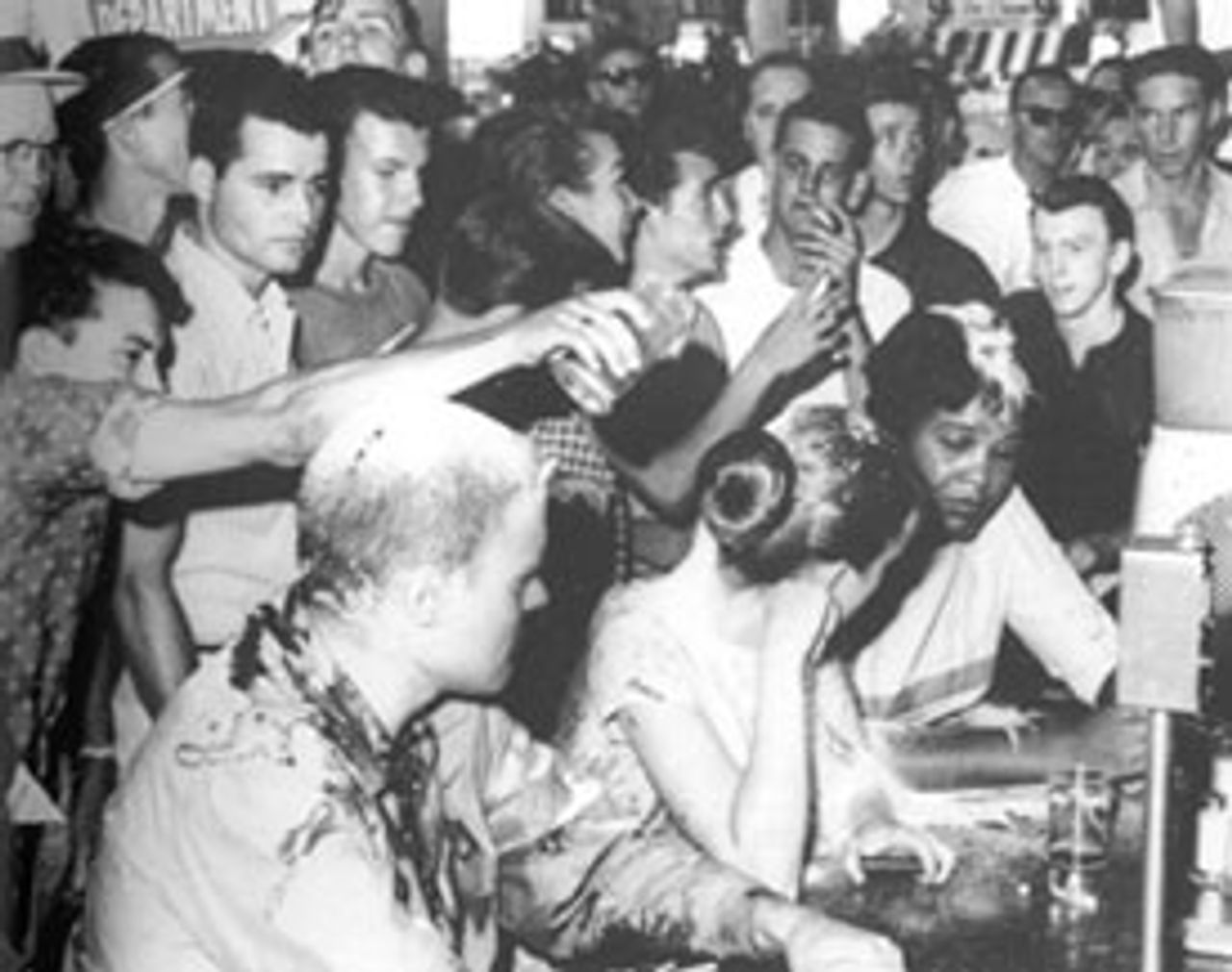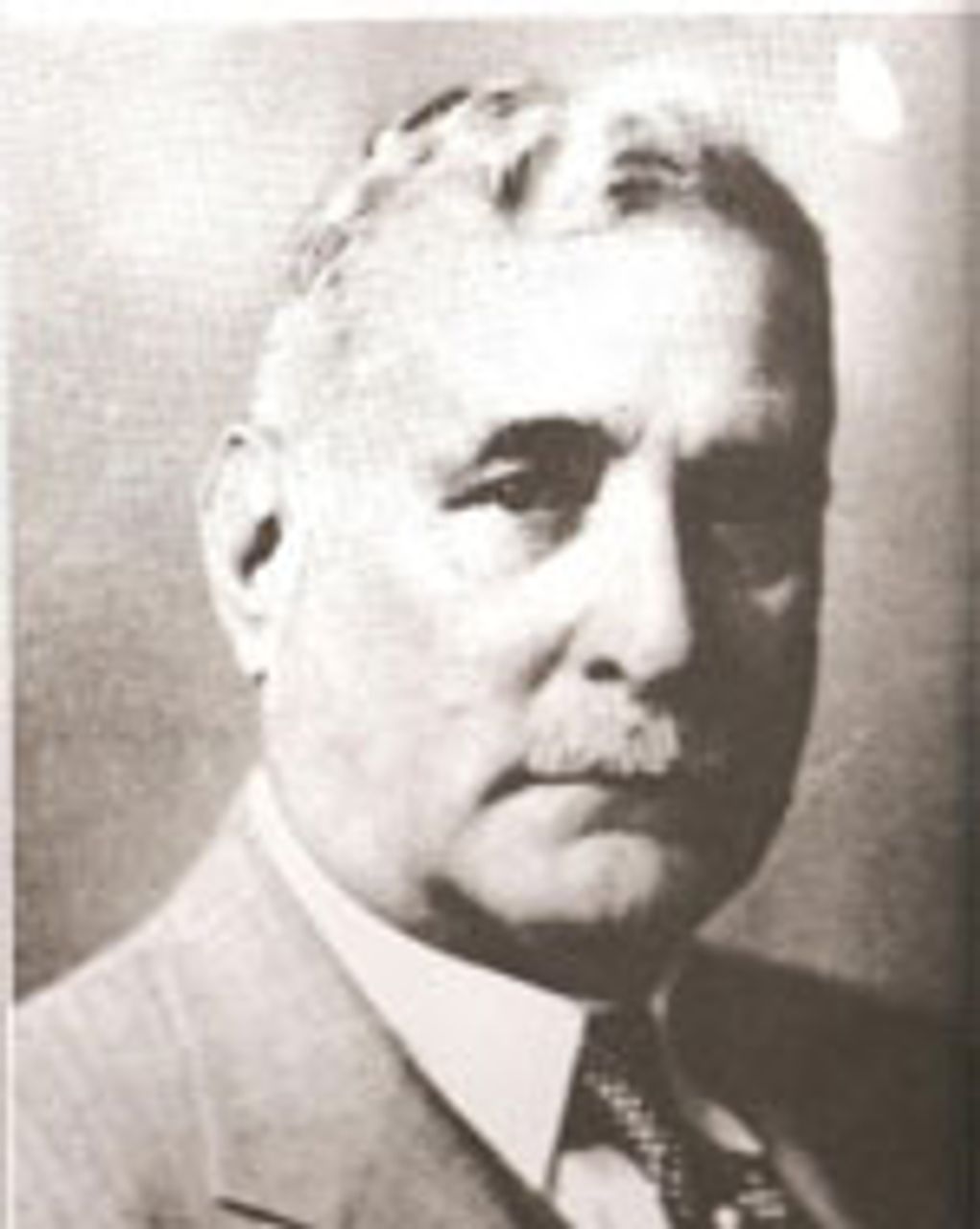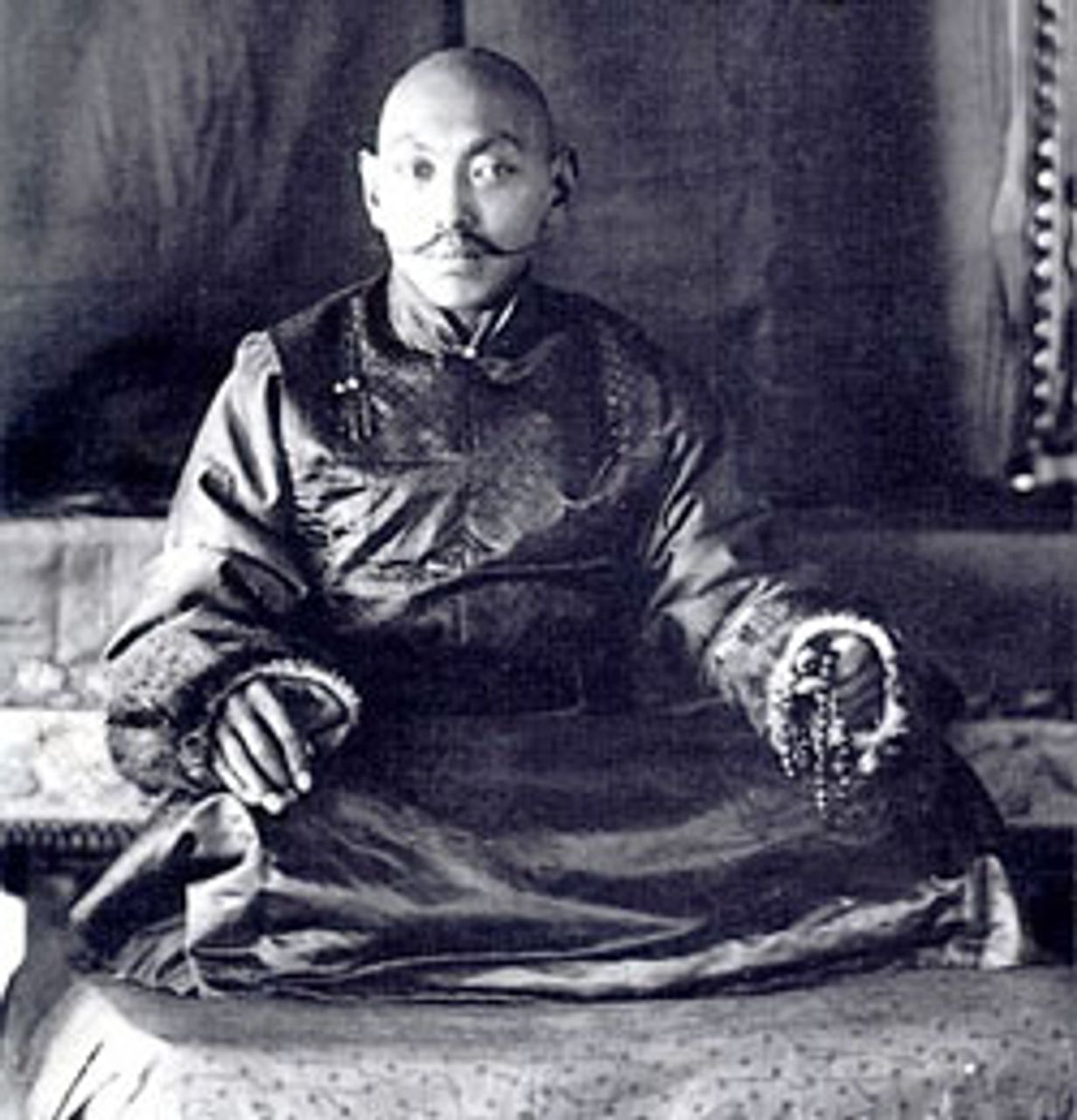This Week in History provides brief synopses of important historical events whose anniversaries fall this week.
25 Years Ago | 50 Years Ago | 75 Years Ago | 100 Years Ago
25 years ago: Mass rally of US farmers
 Abandoned farm
Abandoned farmAn overflow crowd of about 20,000 family farmers filled the Hilton Coliseum in Ames, Iowa on February 27, 1985. They were protesting credit conditions that had led to ruin for hundreds of thousands of small farms in the preceding years and impoverished rural communities across the US Midwest. Farmers were devastated by the high interest rates put in effect by Paul Volcker, President Carter’s selection to head the Federal Reserve Board. Volcker raised the federal funds rate to as high as 20 percent in 1981. As interest rates skyrocketed, farm debt compounded, doubling to $215 billion between 1978 and 1984.
By the mid-80s US farmers were collectively paying more to banks to service their debts than they realized in farm income. On top of this, agricultural prices had never recovered from the Carter administration’s grain embargo on the Soviet Union in response to its 1979 invasion of Afghanistan. Large contingents of farmers and their supporters attended the Ames gathering from the Midwest states and from as far away as Oklahoma and Kentucky. Among the participating groups were the National Farmers Organization, the National Farmers Union, Groundswell, the American Agriculture Movement, the National Grange, and Prairiefire. Responding to mounting farmer protests, President Ronald Reagan declared, “American taxpayers must not be asked to bail out every farmer hopelessly in debt.”
50 years ago: Civil Rights struggle in US South intensifies
 A scene from a 1963 sit-in
A scene from a 1963 sit-inAfrican Americans’ struggle for equal civil rights in the US South intensified this week in 1960.
On February 22, 33 students were arrested at a downtown Richmond, Virginia department store for refusing to leave a segregated dining area. Sit-ins in Chattanooga and Nashville, Tennessee, on February 22 and February 27, resulted in violence when they were attacked by gangs of white youth. In Nashville, 70 blacks were arrested. In both cities, white students also joined the black protesters in the sit-ins.
The week also saw the first sit-in in the Deep South, where police broke up a protest in Montgomery, Alabama. Other sit-ins began in Virginia and South Carolina. Students at the University of Wisconsin carried out a sympathy picket of Woolworths’, the chain store targeted by many of the sit-ins.
The same week the US Supreme Court made interventions favorable to the Civil Rights movement. The high court ruled that the state of Arkansas could not require the National Association for the Advancement of Colored People (NAACP) to turn over its membership lists under a tax law. The court also said it would hear Boynton vs. Virginia, a lawsuit against segregation in public transportation facilities and interstate buses. The case would inspire the “freedom riders”—black and white youth who traveled through the South together in the 1960s.
75 years ago: Massive strike action by Cuban students
 Cuban President Carlos
Cuban President CarlosMendieta
Up to 300,000 students took part in a massive strike action this week in Cuba in 1935. Students initially called for increased funding for schools and higher pay for teachers, but soon the strike declared opposition to the government of President Carlos Mendieta, who had been installed by General Fulgencio Batista following the coup of 1933. The protests demanded the end of military rule in Cuba.
Approximately 5,000 teachers went on strike in solidarity with the student movement. Transit workers in Havana also voted to walk out in support of the strike.
During the week, police broke up protests at the University of Havana, and bombs exploded in the offices of the El Comercio newspaper and in the home of the secretary to the director of Havana’s El Pais newspaper. Several members of Mendieta’s cabinet resigned during the strike, including José Capote Diaz, secretary of education, and Rafael Santos Jimenez, secretary of commerce. Both were professors at the University of Havana and targets of student protest. With the student walkout gaining support among sections of the working class, and hostility to the Batista-Mendieta regime mounting, tensions threatened to erupt into a full general strike.
100 years ago: Chinese army deposes the Dalai Lama
 The 13th Dalai Lama
The 13th Dalai LamaOn February 23, 1910, the Dalai Lama, head of the Tibetan Buddhist religious hierarchy and ruler of Tibet, fled to India in the face of advancing Chinese soldiers of the Qing dynasty. China officially deposed the Dalai Lama, saying he had tried to lead a failed revolt and sought to assert control over Tibet, long a tributary of the Empire. It was the second time in less than a decade the Dalai Lama had fled Lhasa, the capital of Tibet. In 1904, a British expedition entered Lhasa, seeking to create another buffer state separating Russia from India, similar to Afghanistan. The British reached an agreement with the Qing dynasty whereby it would not annex Tibet in return for Chinese assurance that it would not “permit any other foreign state to interfere with the territory or internal administration of Tibet.”
The British in 1910 disregarded the Dalai Lama’s initial appeal for support. They had long suspected him of pro-Russian sympathies, and the Chinese government claimed that it was acting to protect British trade. It accused the Dalai Lama of circulating a statement opposing British commerce, along with rumors that China intended “to exterminate Lamaism.” Beijing was “anxious” that the Dalai Lama had escaped, the New York Times reported, because of his “power to incite his co-religionists” and because they “fear foreign complications.”
